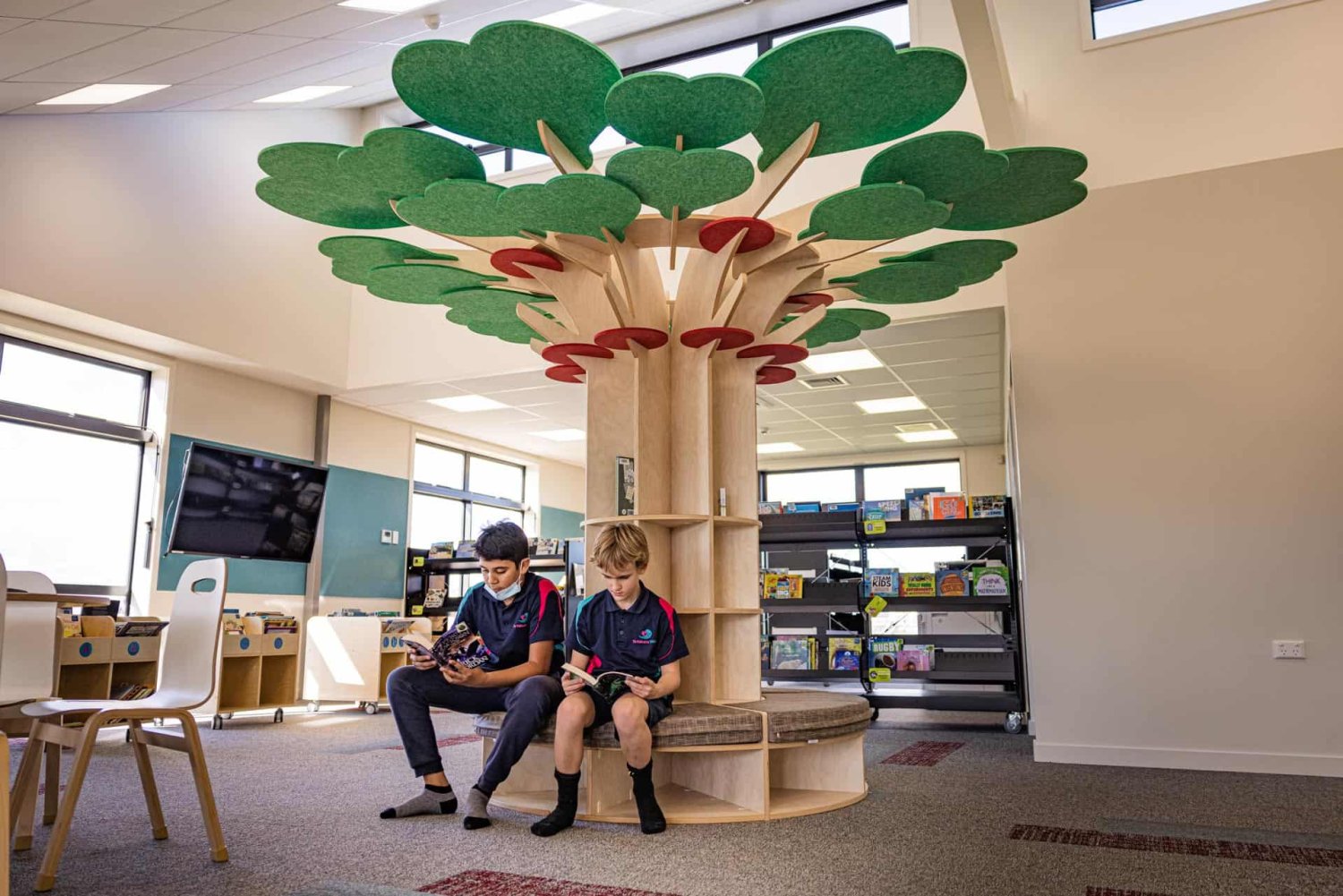Chairs, sofas, stools, kneeling cushions and more. Flexible seating is a variety of seating options in the learning space which gives children the freedom to choose where they sit and the way in which they feel most comfortable to learn.

Freedom to Choose:
With the freedom to choose where they sit this gives students empowerment and a sense of being in control of their environment and learning. With the ever-changing and fast paced world we live in, full of problems and choices; How do we expect children to grow up independent problem solvers if we are constantly making decisions for them?

Engagement and Collaboration:
Seating options like soft seating gives students a seat that doesn’t need to be limited to a specific size. If the student feels anxious or restless this means they can wiggle about and refocus without being disruptive. Especially helpful for students with ADHD or ADD. A comprehensive study from the University of Minnesota found students in a flexible seating environment participated in collaborative discussions 48% more than in a traditional institutionalised classroom setting.

Calm Environment:
Flexible seating creates a relaxed, calm and positive environment. Try incorporating a range of seating heights; from kneeling cushions to high stools, and shapes; from sofas to ottomans. It is also important to colour coordinate your room. Together this will create a learning space where stress levels reduce. Not to mention it looks funky!




